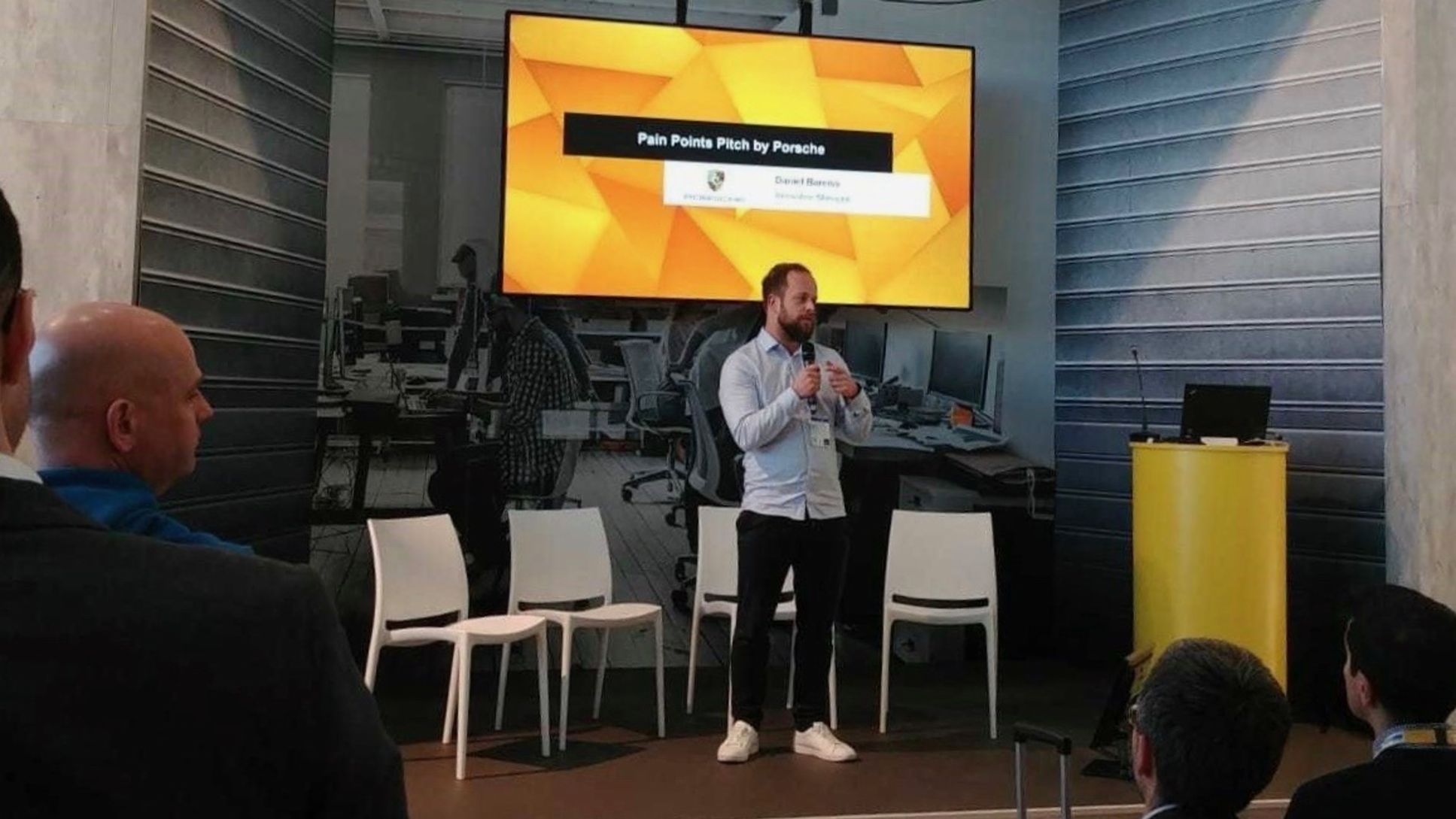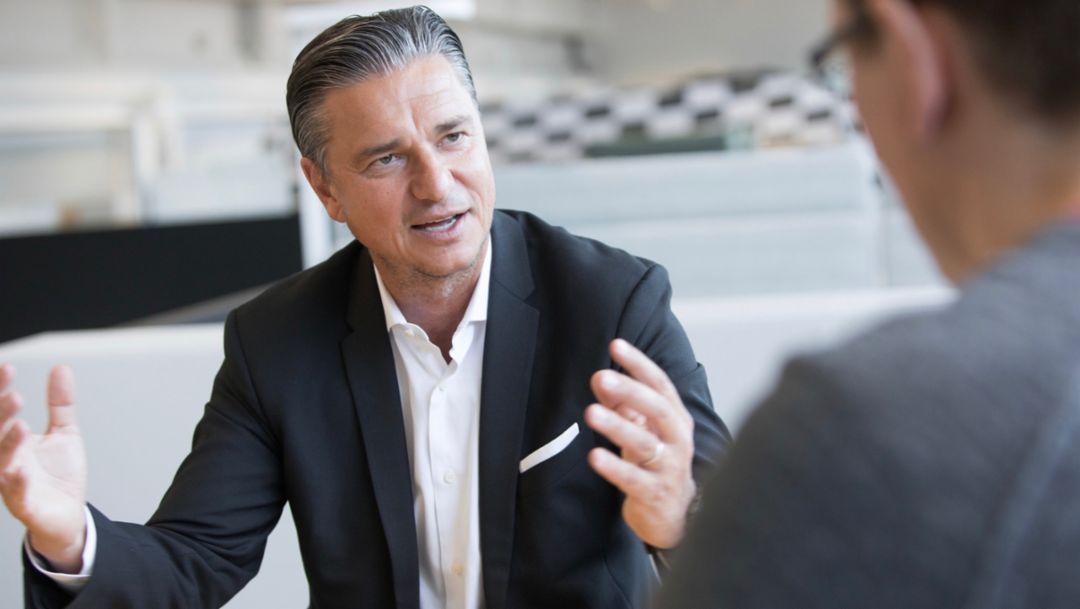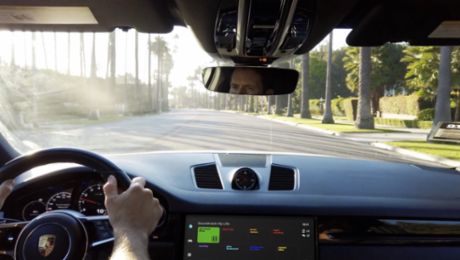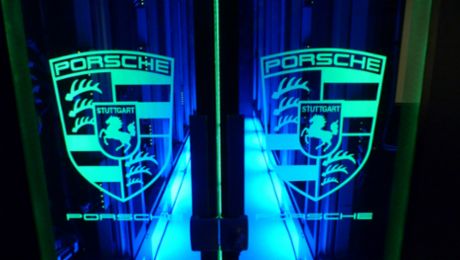Two weeks ago, I attended Hannover Messe, joining some of the smartest minds in business and industry. It was an impressive exhibition that really inspired me. In my last article, I wrote down my five personal highlights from the world’s leading industry trade fair.
At Hannover Messe, it was not only the latest trends and innovations in industry 4.0 and production that made it a must-visit. Besides highlighting the trends and technologies that already change the industry, the international fair trade also provided many opportunities for get-togethers of forward-thinking individuals, entrepreneurs and business people. One such opportunity was the Pain Point Pitch, organized by Bundesverband Deutsche Startups and Microsoft on the first day of the industry fair.
Pitching vice versa: The Pain Point Pitch at Hannover Messe
The event was specifically designed to promote innovative ideas and explore and create synergies between creative startups and innovation-driven companies. But it wasn’t a regular startup pitch format. The organizers put a unique spin on the event and reversed the traditional roles of startup and corporate in a pitch format. Instead of startups pitching their solutions to corporates, the corporates presented their pain points to an audience of startup entrepreneurs, who may have the right solution for their problem. So rather than being chosen, the startups would choose a corporate to help solve their pain point.
Before I tell you about our pain point at Porsche, let me add a few more words on what pain points actually are.
Understanding the problem: What are Pain Points?
Put very simply, a pain point is a specific problem that a company (or their customer) is facing, e.g. something that they are aware of, which bothers them, and which needs improvement. There are, of course, different types of pain points, which are often grouped into four broader categories: Financial pain points, productivity pain points, process pain points and support pain points.
How Design Thinking helps to identify Pain Points at Porsche
Pain points can be surprisingly tricky to identify. It is only if the real problem is known that one can successfully alleviate it. It is therefore important to avoid assumptions, and not let preconceived notions get in the way. To really drill down on the actual problem, we at Porsche use a method that has its roots in Design Thinking. The “How Might Me” method allows us to identify the pain point and then reframe it. By framing the problem as a “How Might We” question, we set ourselves up for innovative solutions.
As you may imagine, it is not enough to simply know what the problem is. One also needs to know how to solve it. More complex problems often require the engagement of external resources – this is where startups come into play. In my opinion, they are often an excellent external resource as they aren’t involved in internal structures and address a problem in a completely new way. Which brings me back to my pitch in Hannover: My 10-minute pitch at the Pain Point Pitch at Hannover Messe was all about the high quality of our customer relations.
Everybody hurts: A Porsche Pain Point
At Porsche, we not only want to build the best quality cars, we also want to give the best quality customer service and advice when it comes to buying a car. However, this is not as easy as it seems.
As the automotive industry is getting more and more complex these days, e.g. due to more car models, digital innovations and the rise of e-mobility, it becomes increasingly difficult for our retailers to provide the best answers to all possible customers’ questions. In fact, retailers and sales staff need to know much more than they ever did before. Thus, we have identified a key challenge for our success: To provide sales staff all information they need to give the best customer service. To be exact, our “How Might We” question is: How might we be able to provide sales staff worldwide with all the information they need to offer the best customer service?
“To us, admitting that we’re facing challenges is not a weakness but a chance."
From Pitching the Problem to Solving it
That’s the exact case I presented at Hannover Messe, in front of several young industry entrepreneurs and talents. It was outstanding in the sense that we, as Porsche, were the only ones being able to drill down our problem and talk about our “pains”. To us, admitting that we’re facing challenges is not a weakness but a chance. Now that we’ve identified the Pain Point, we’re at a very good point where we know what we can optimize to give our customers high quality in every discipline.
This was well received. My pitch sparked a fruitful discussion on the challenges of identifying and solving pain points. More importantly, however, plans are now underway to tackle our pain point together with forward-thinking startups: In June, a follow-up weekend hackathon will take place at Microsoft in Munich, where the interested startups and corporates meet again and work on solving the pitched pain points and create new solutions.
I am very much looking forward to participating in the hackathon and hope that I will work together with ambitioned and creative people who want to help shape the future of Porsche retailers.






